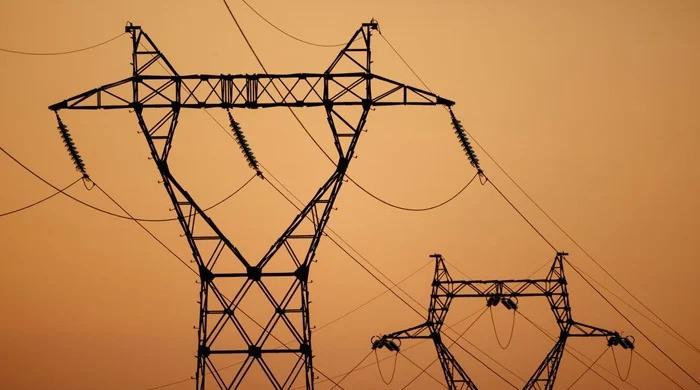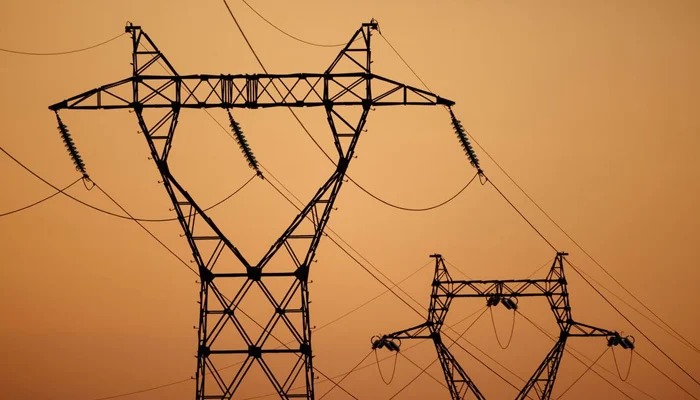Govt considers converting circular debt into public debt to reduce power tariff


- Circular debt restructuring to cut power tariffs.
- $16.26 billion debt under restructuring plan.
- Govt eyes Rs5.1 per unit relief via loan re-profiling.
ISLAMABAD: The government has initiated efforts to convert circular debt (CD) in the power sector into public debt, a move expected to reduce electricity tariffs by Rs3.37 per unit, The News reported on Sunday.
Additionally, the government is prepared to restructure $16.26 billion in debt acquired for various energy projects, including hydel, imported coal, Thar coal, wind, solar, transmission and nuclear, Wapda hydel and Neelum-Jehlum projects. Currently, the government allocates $3 billion for debt servicing through end-consumer tariffs, which translates to Rs8.63 per unit in capacity charges within electricity tariffs.
The 9-page paper on reforms in the power sector points out the government is trying hard to re-profile the loans by increasing debt payment tenure to achieve relief of Rs5.1 per unit.
The paper says refinancing interest-bearing circular debt through sovereign debt, making it public debt, will reduce tariff in the range of Rs3.23 per kWh (for non-protected consumers), which increases to Rs3.78 per kWh after tax.
“Such a structure will effectively remove arbitrage that exists within sovereign risk and enable better pricing of sovereign payables. However, any such intervention may increase overall sovereign debt levels slightly,” the paper said. The benefit of reduced prices would have a positive impact on overall electricity consumption and growth, it notes.
Total circular debt is Rs2.26 trillion (interest bearing: Rs1.74 trillion), which is split into Power Holding Limited (Rs683 billion), Payable by CPPA to Power Producers (Rs1,060 billion) and Payable (non-interest) by CPPA to Power Producers (Rs683 billion). PHL Debt is priced at 3-m KIBOR + 0.45%.
The paper says there exists a strong case to reduce the same spread, by moving to a fixed rate bond of a longer tenor and extracting interest savings. Refinancing the same in the current environment can also yield substantial interest savings, which can then be passed on to electricity consumers.
Similarly, receivables payable by CPPA to IPPs accrue interest at 3-m KIBOR + 3%, which is a very high spread for payables (quasi-debt) guaranteed by the sovereign. Hence there exists a strong case to reduce the same spread and extract interest savings.
In addition, the paper says, the government is in the process of carving out a plan to sell cheaper surplus electricity to bulk consumers at the auctioned prices for 2-3 years to cater to the inducing demand of the industry.



